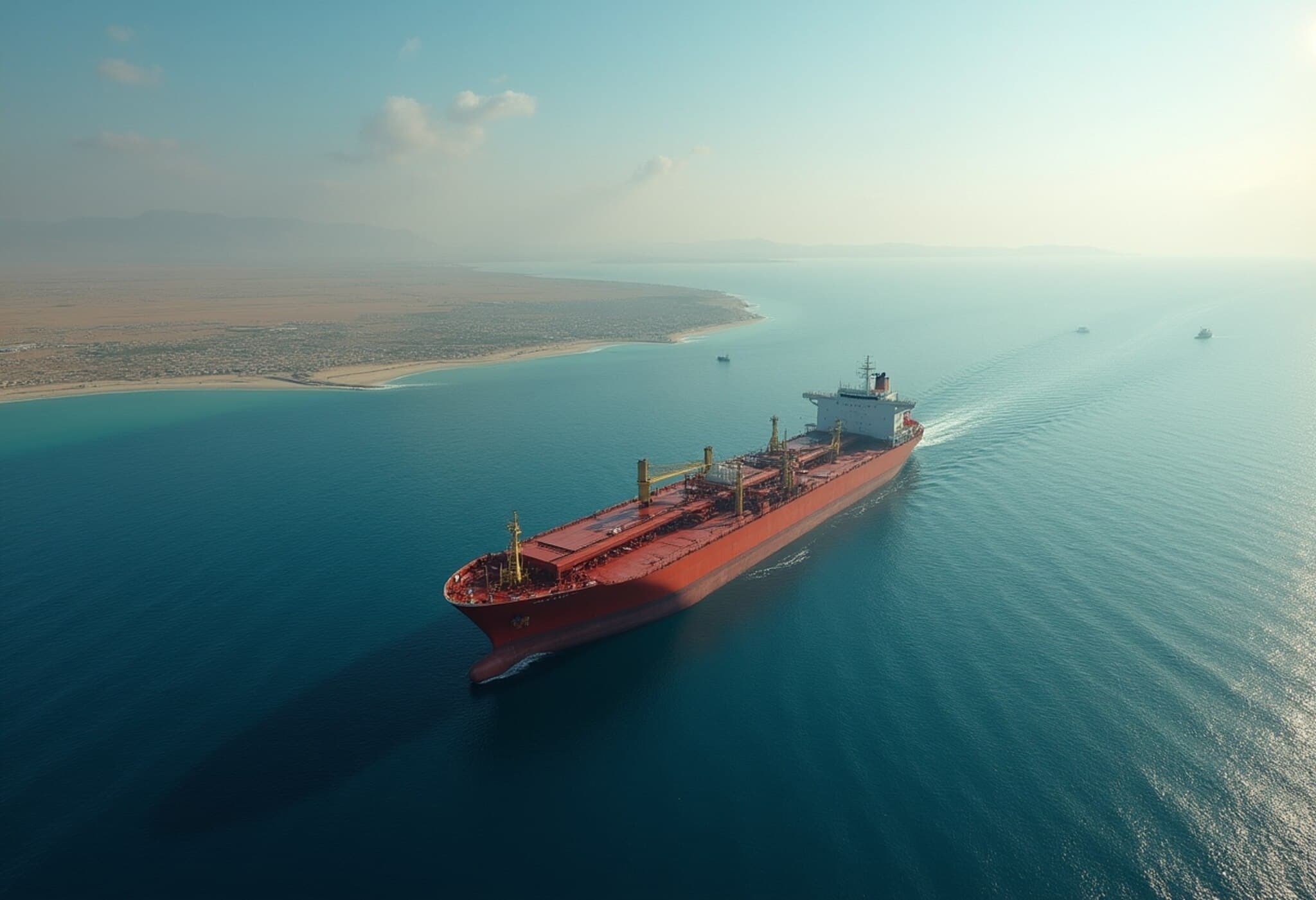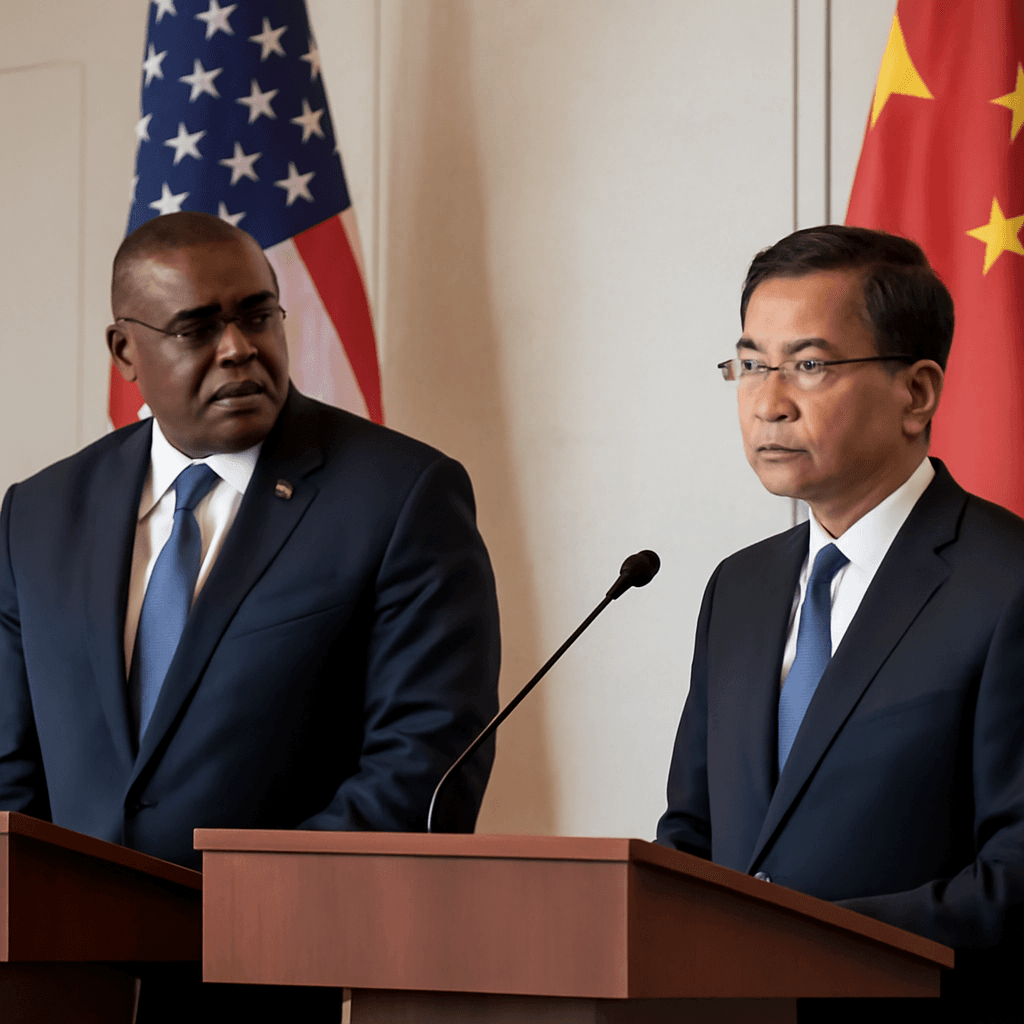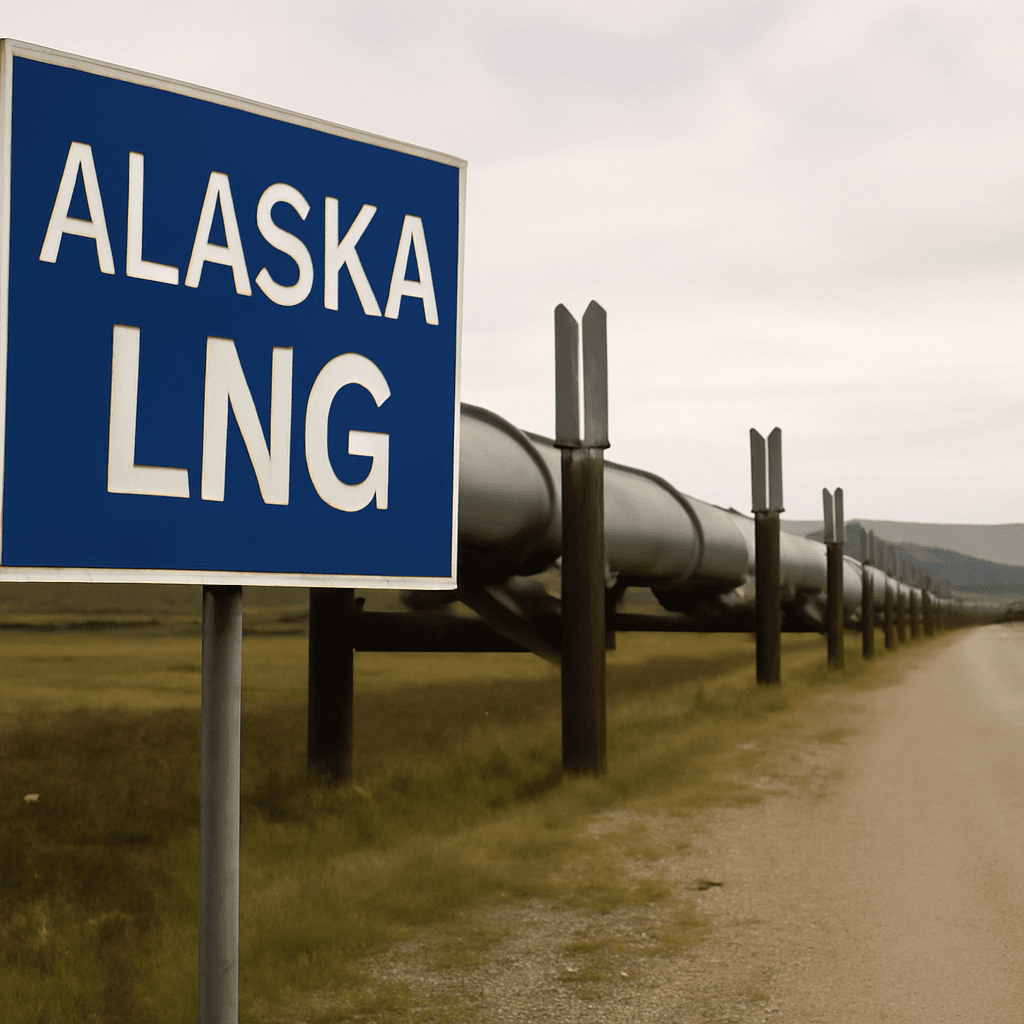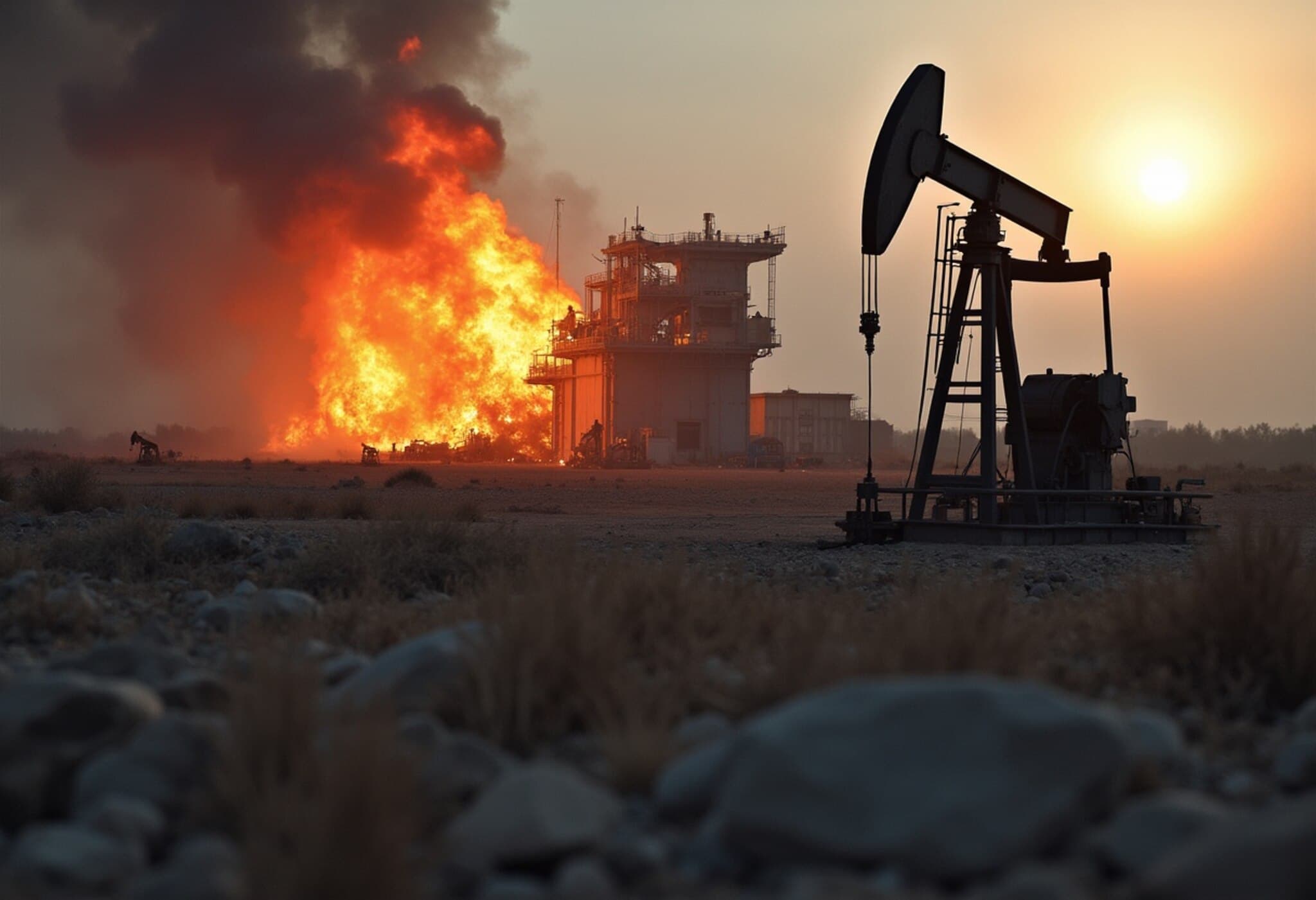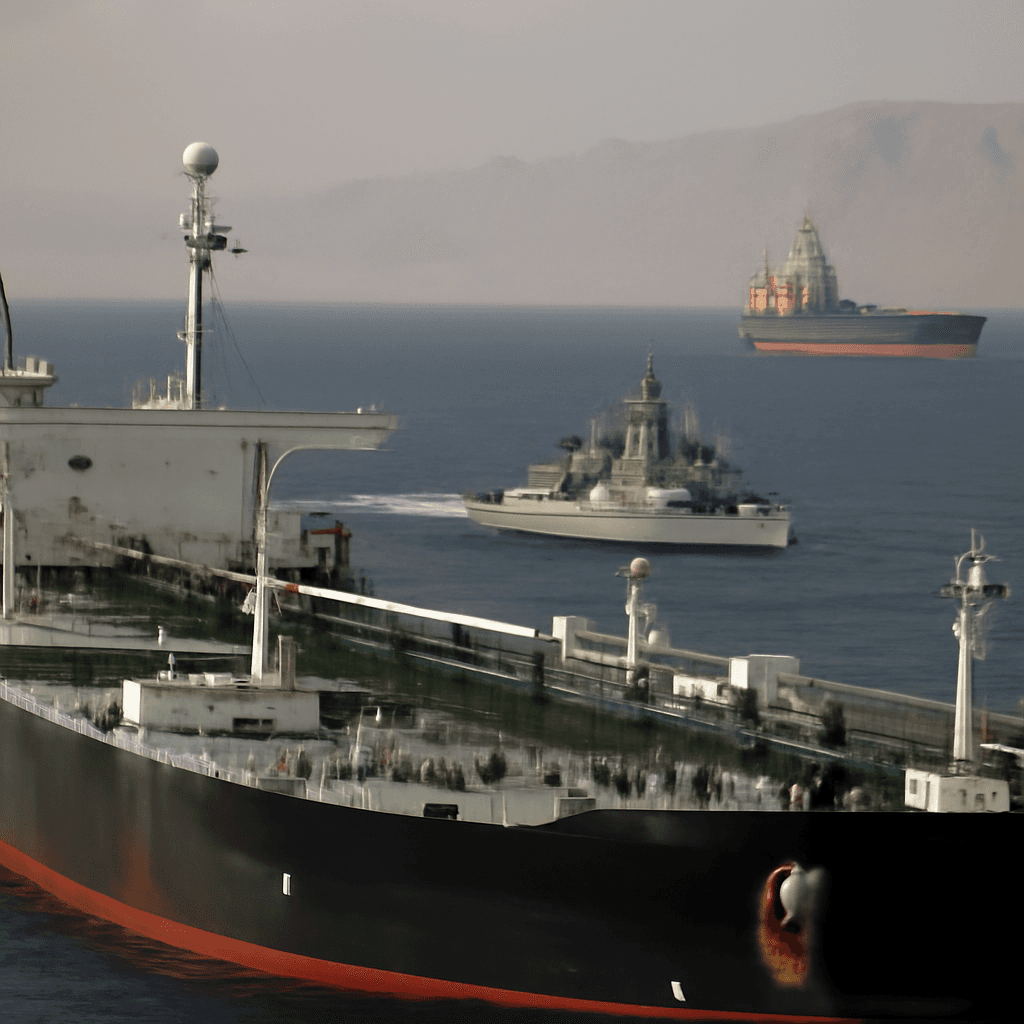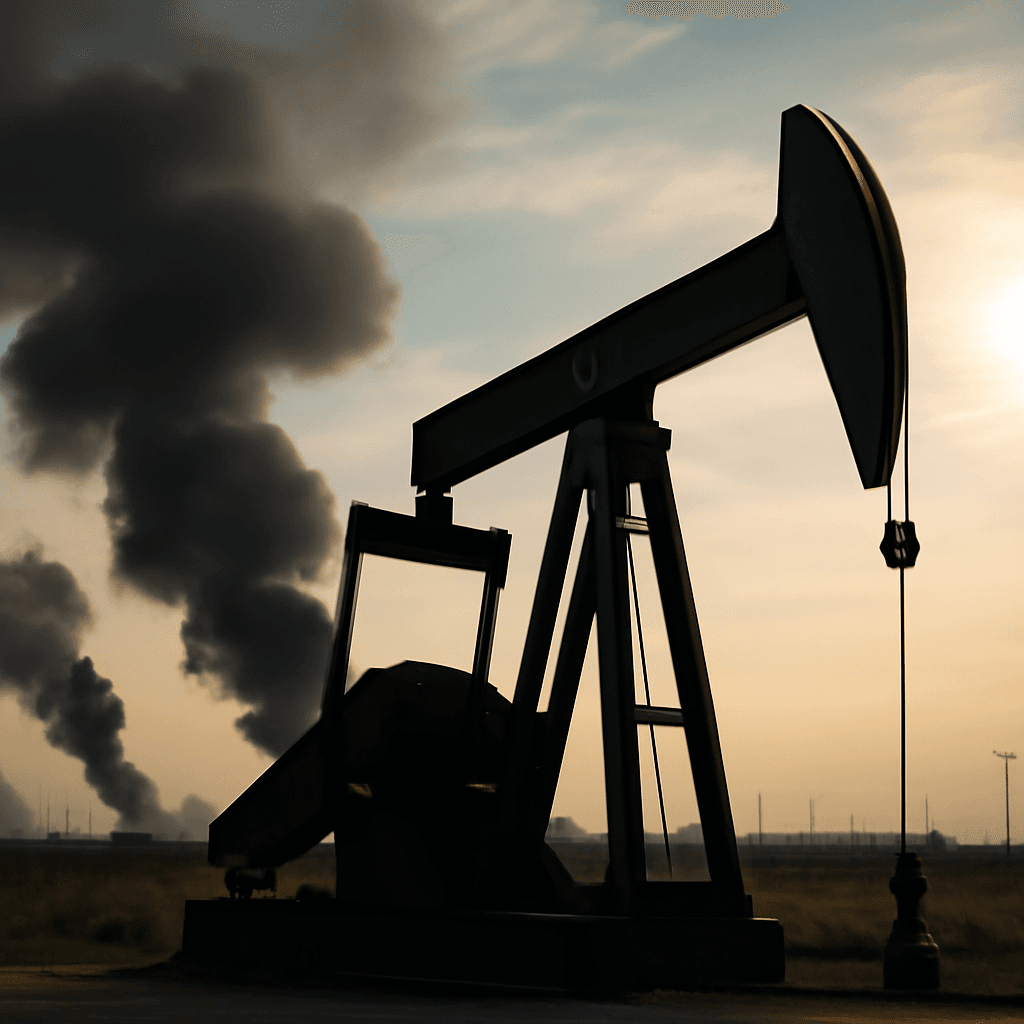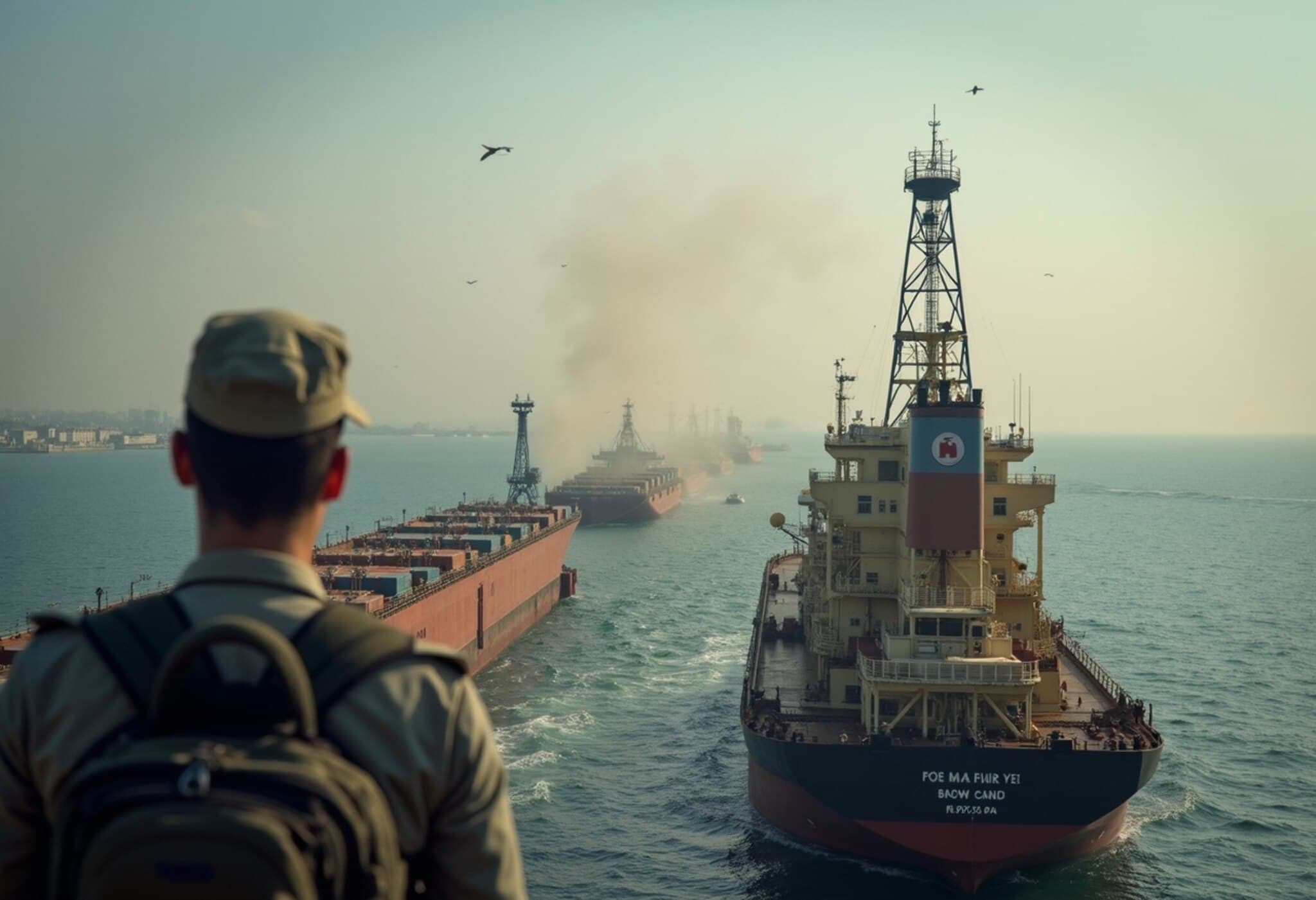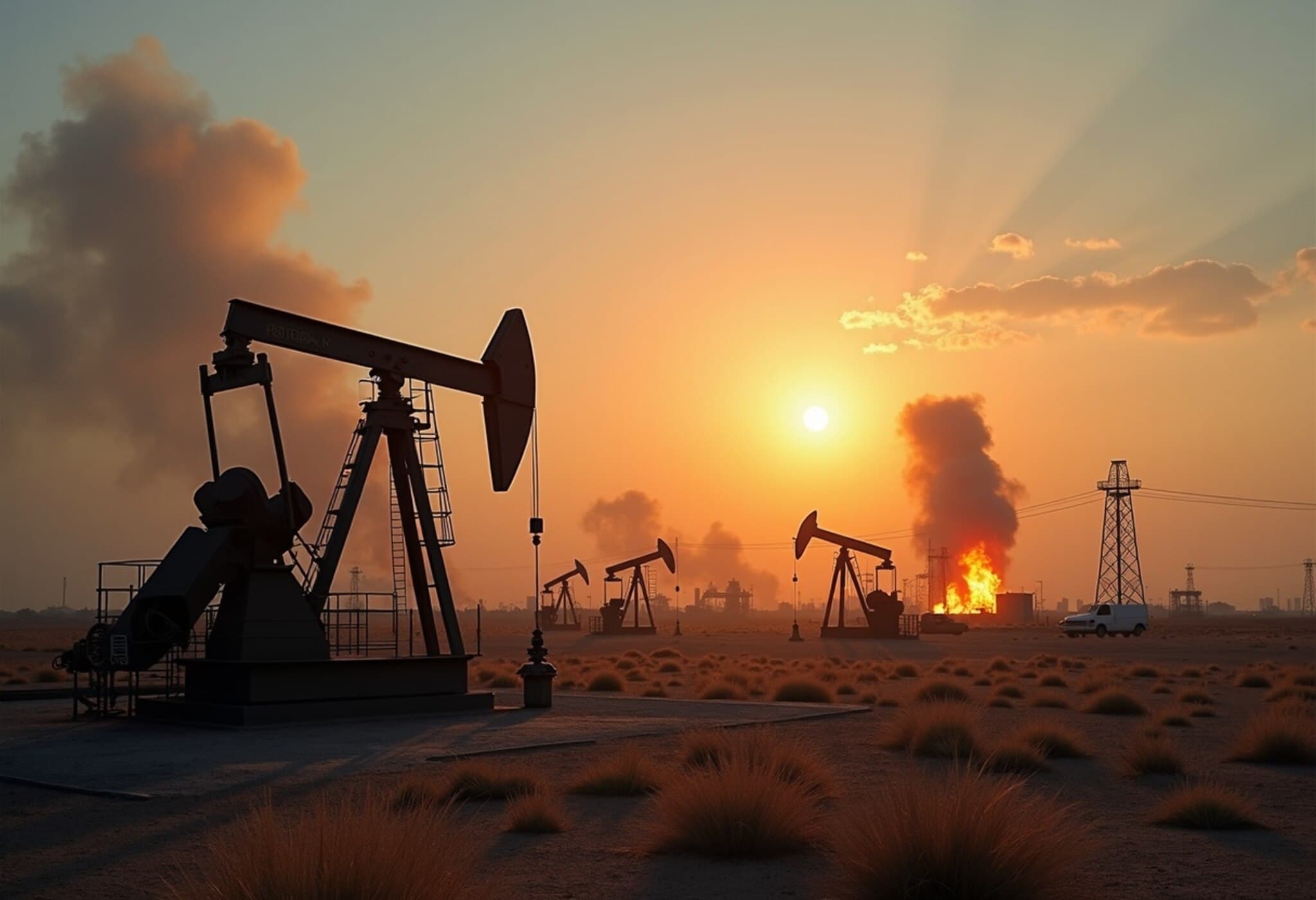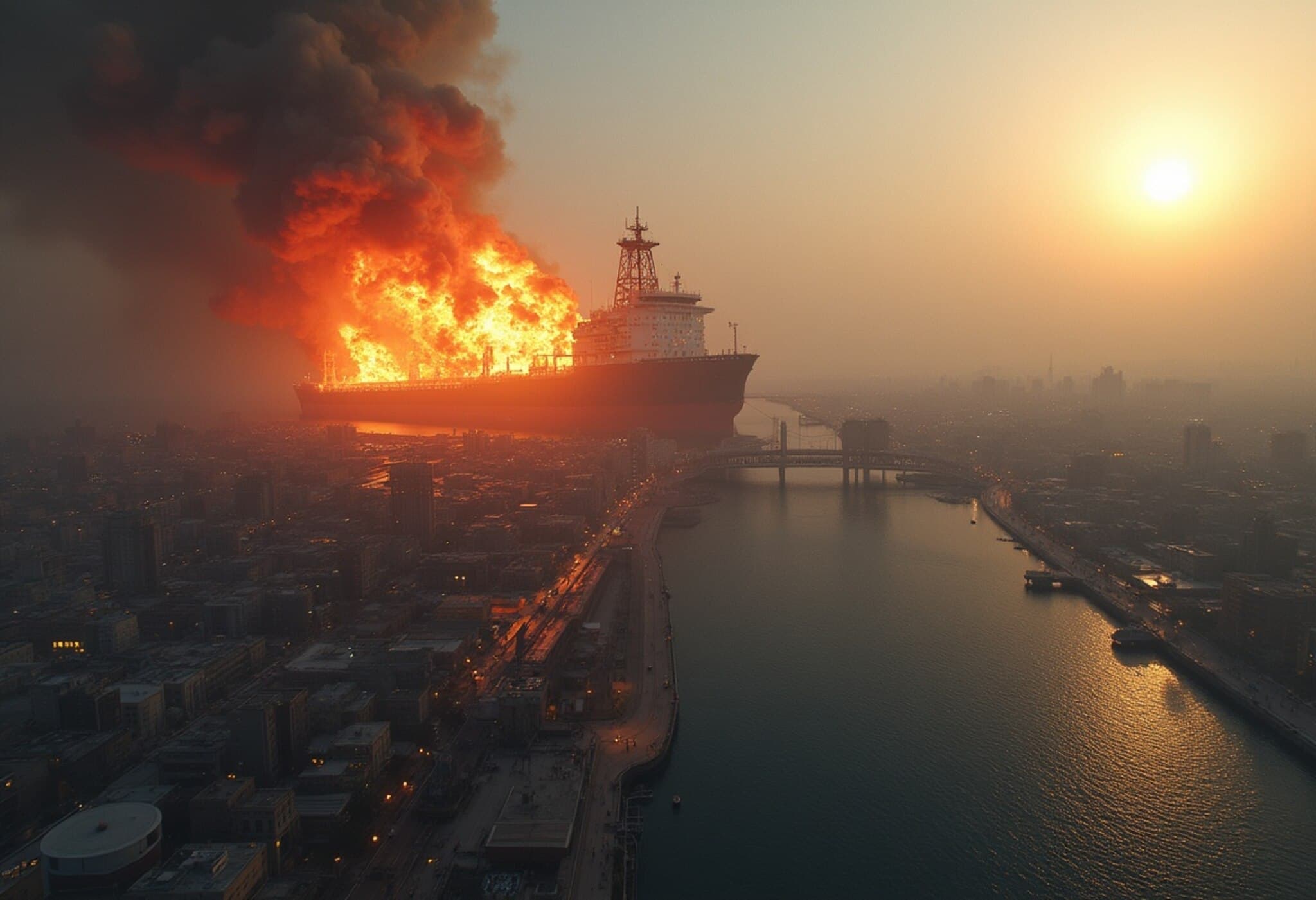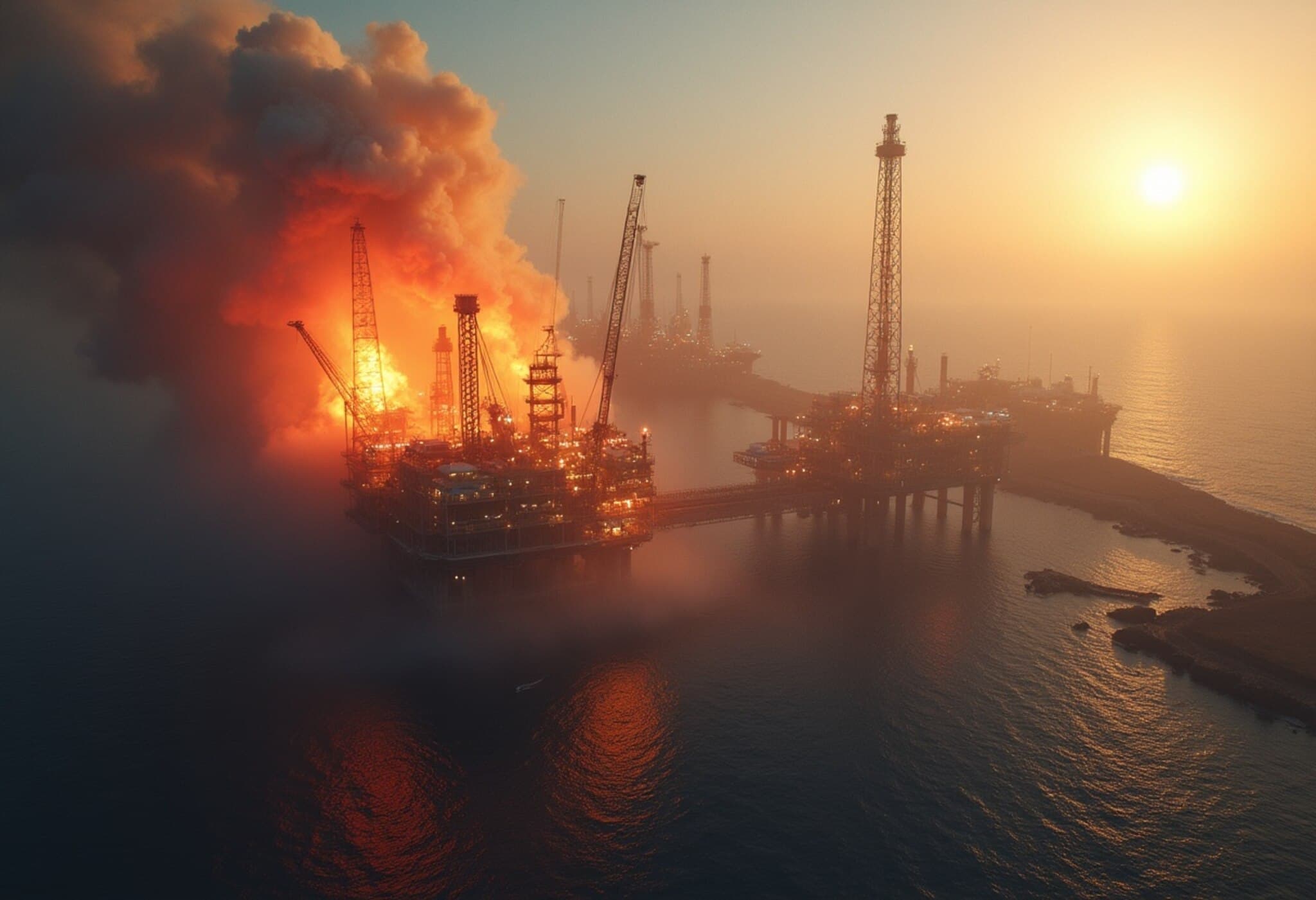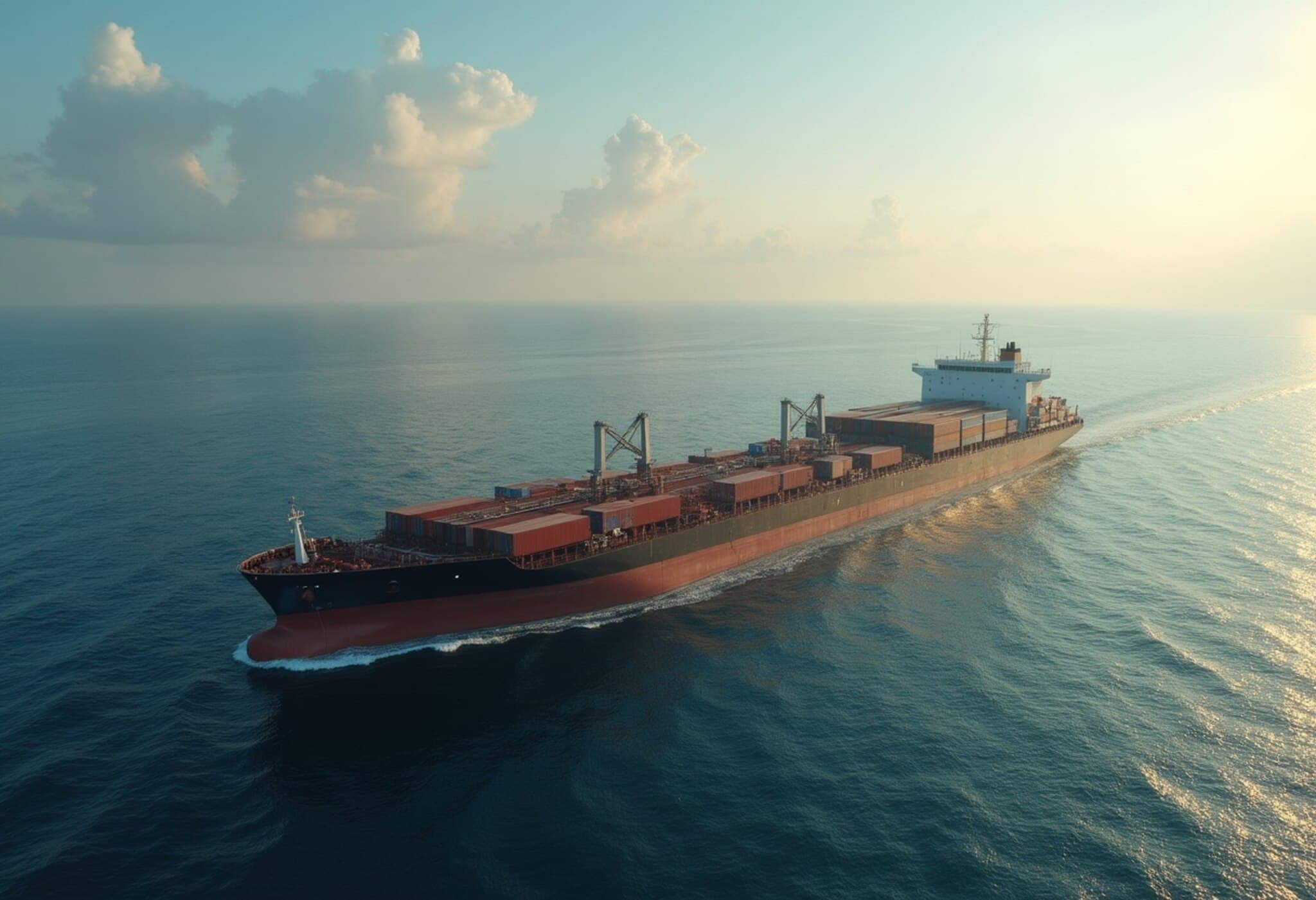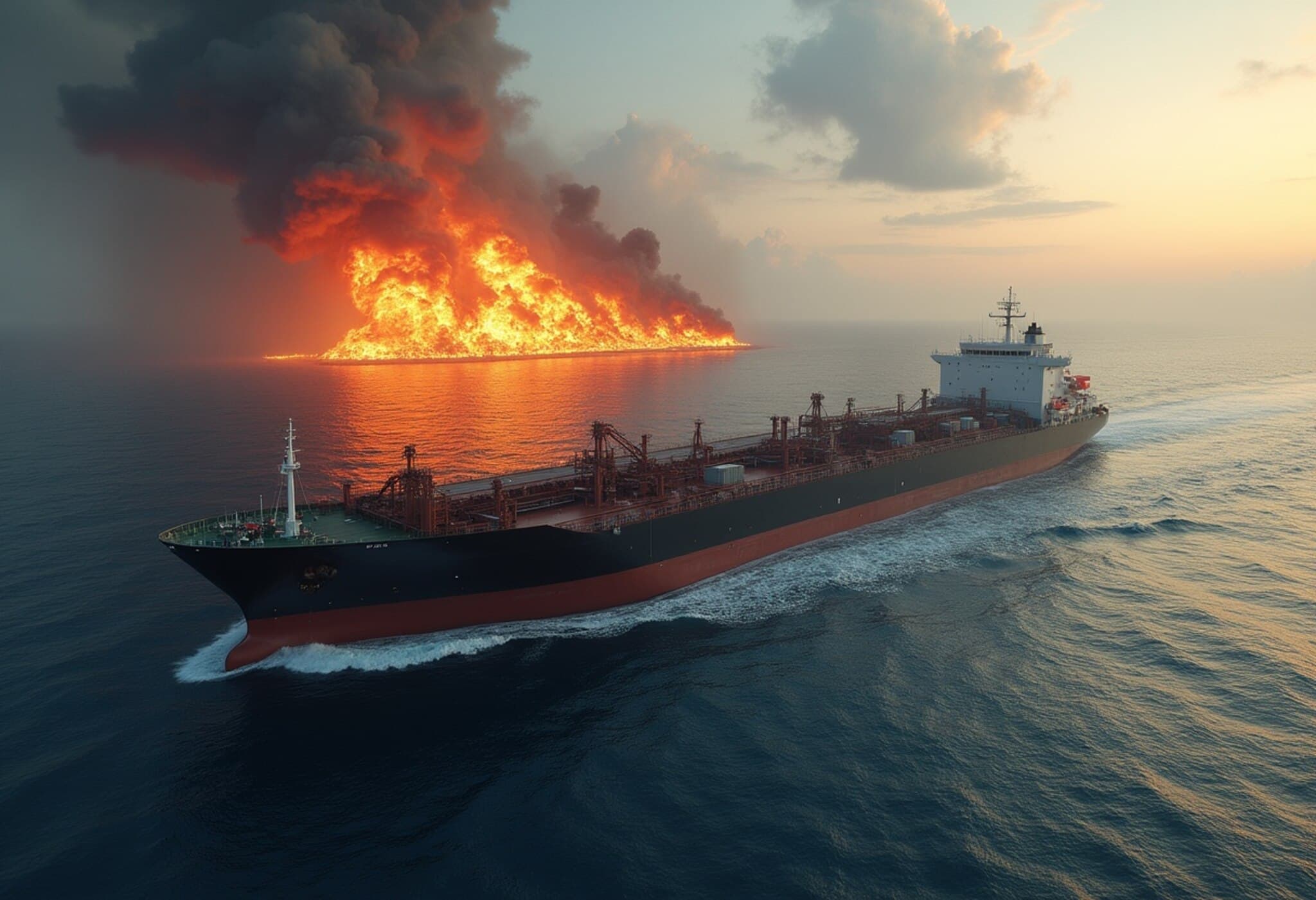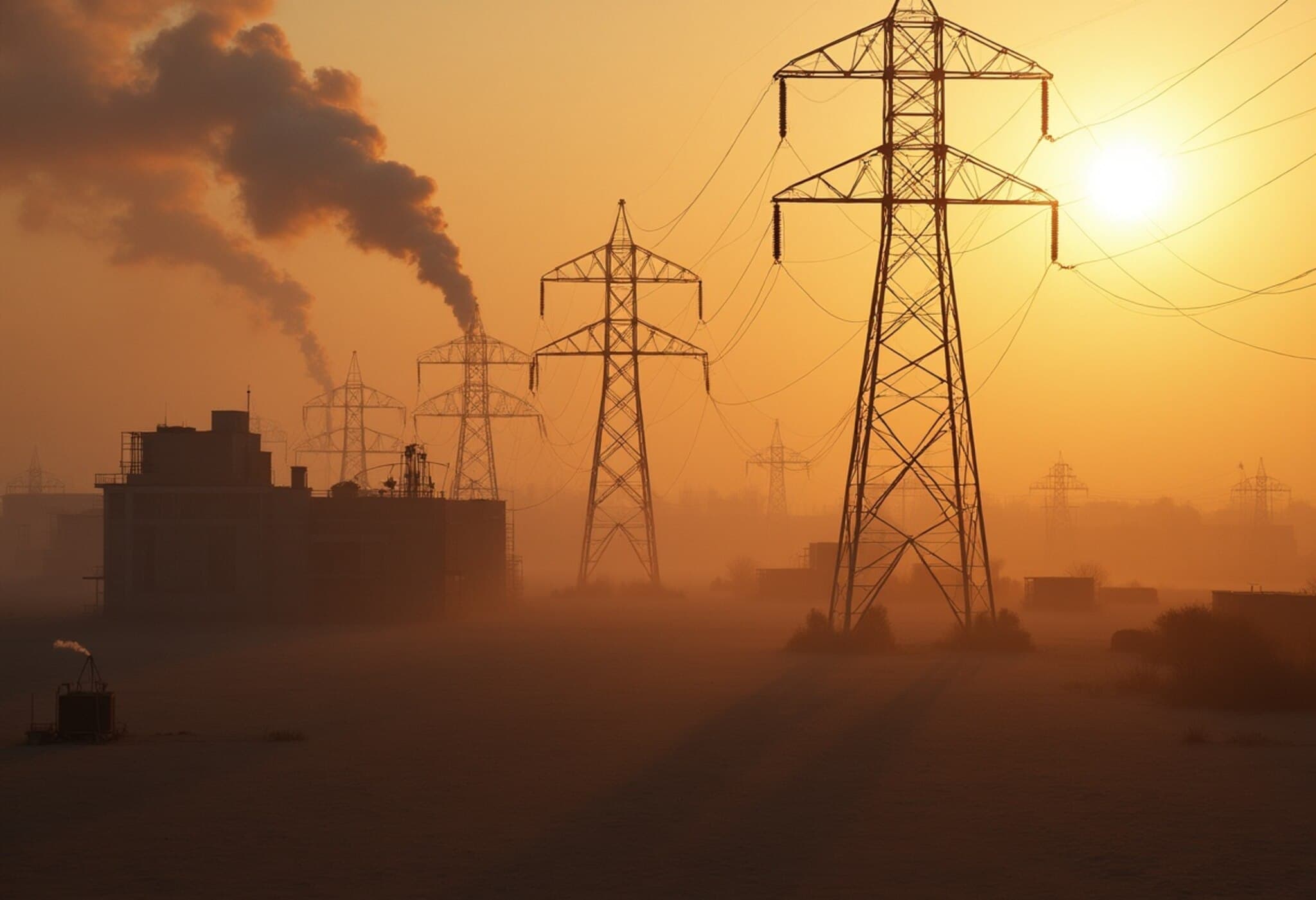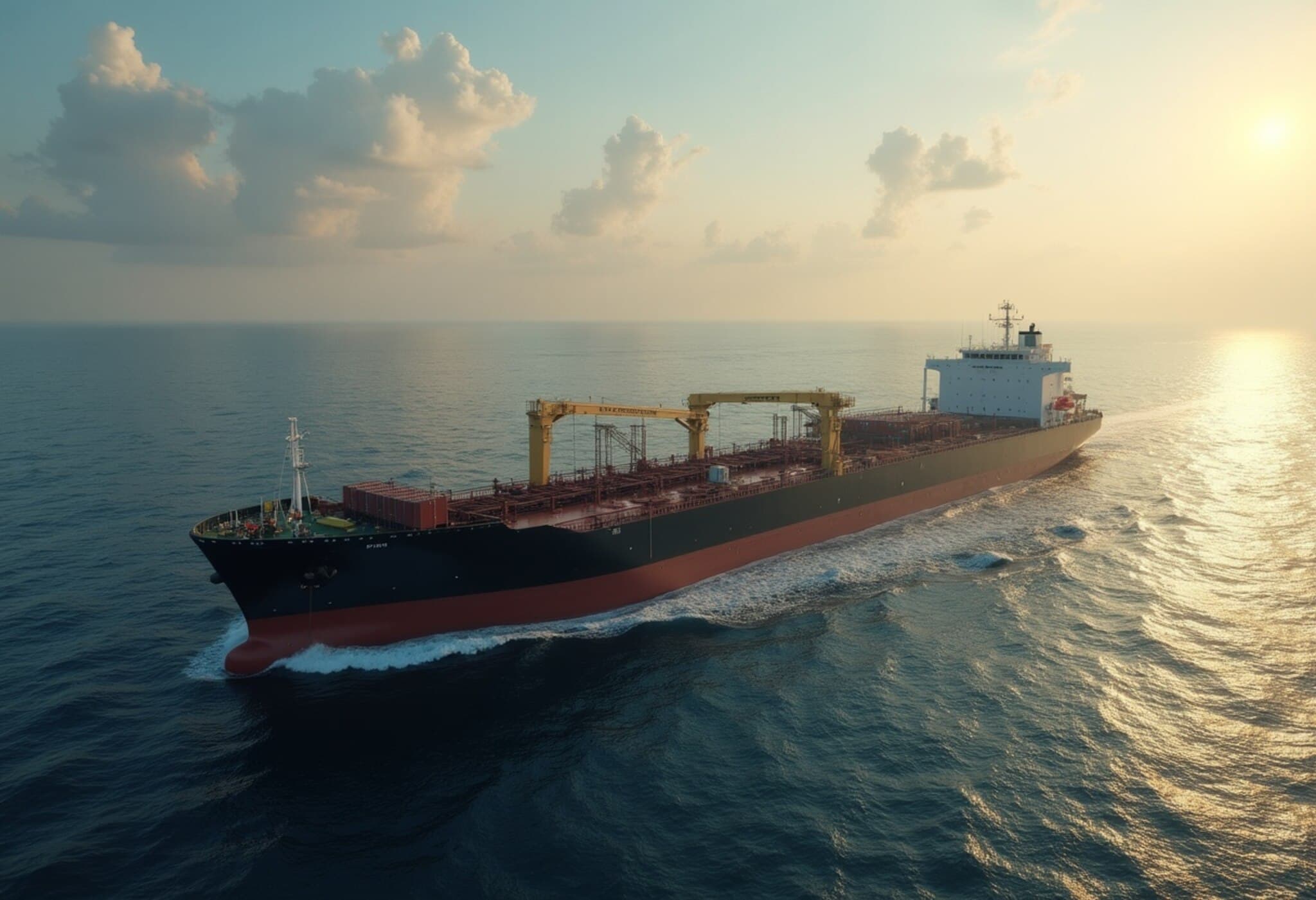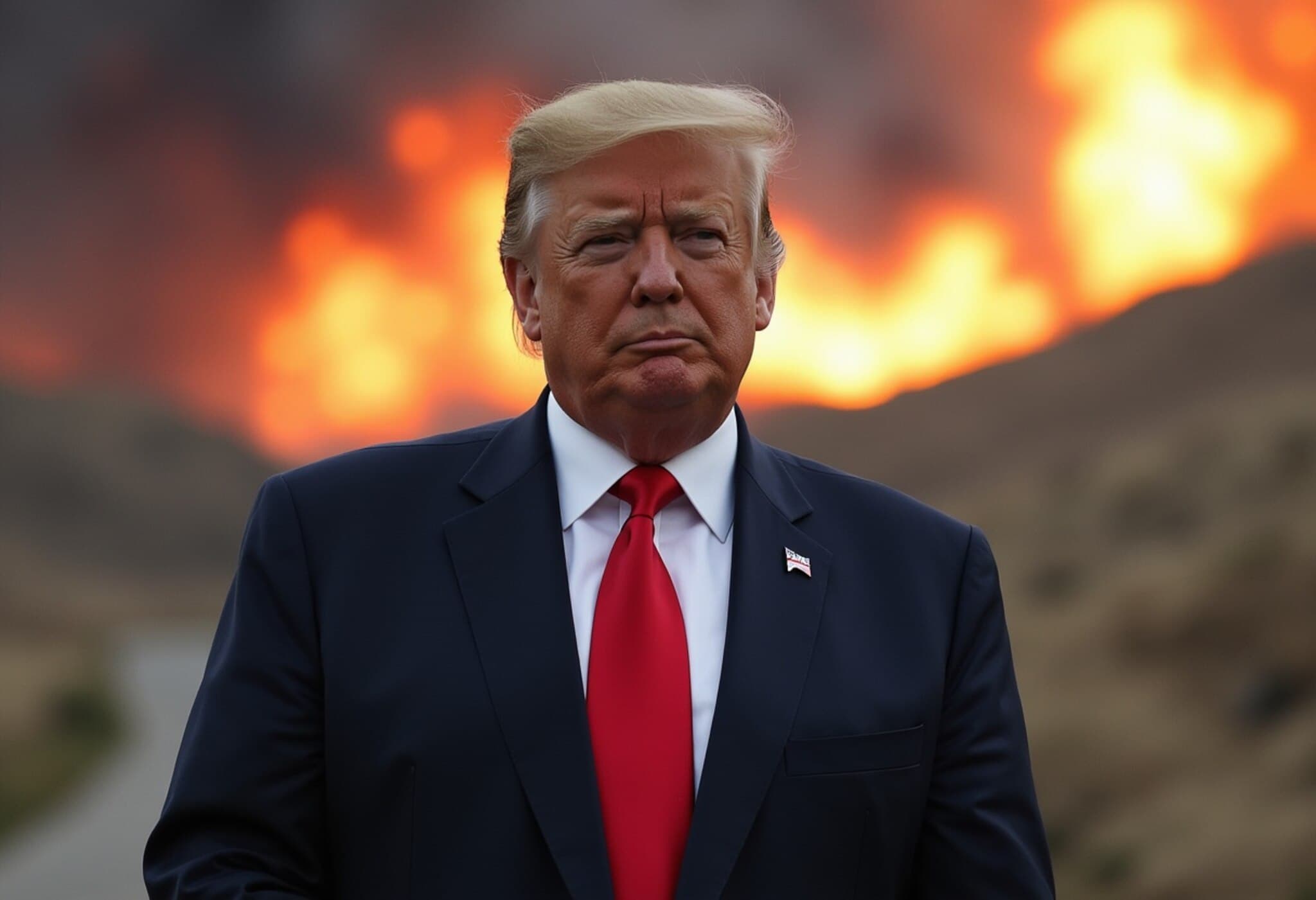Understanding the Strategic Importance of the Strait of Hormuz
The Strait of Hormuz, a narrow waterway between Oman and Iran, remains one of the world's most vital oil transit routes. Connecting the Persian Gulf to the Gulf of Oman and beyond to the Arabian Sea, this strait is pivotal for global energy markets.
Geographical Snapshot
At its narrowest, the Strait stretches just 21 miles (33 km) across, with designated shipping lanes measuring only about 2 miles (3 km) wide in each direction. This tight corridor handles a massive volume of oil and gas shipments daily, making it a hotspot for geopolitical tension.
Why the Strait Matters on a Global Scale
Approximately 20% of the world’s oil consumption transits through this channel. Data from early 2022 to mid-2025 indicates that between 17.8 million and 20.8 million barrels of crude, condensate, and refined fuels move through the strait every day.
- Key oil producers such as Saudi Arabia, Iran, UAE, Kuwait, and Iraq rely heavily on this route to export their crude, primarily to Asian markets.
- Qatar channels almost its entire liquefied natural gas (LNG) exports through this passage.
- The U.S. Energy Information Administration notes existing UAE and Saudi pipeline infrastructure could potentially reroute around 2.6 million barrels per day, but full reliance on such alternatives remains limited.
Historical Context: A Hotbed of Conflict and Tension
Tensions around the Strait of Hormuz run deep. Throughout history, this waterway has witnessed multiple flashpoints:
- During the 1980-1988 Iran-Iraq War, both nations carried out attacks targeting each other’s oil exports, marking a period known as the Tanker War.
- In January 2012, Tehran threatened to block the strait in response to sanctions imposed by the West, though no blockade was ever enforced.
- Multiple incidents involving attacks on oil tankers and seizures of vessels have occurred over recent years, highlighting ongoing regional volatility.
- Most recently, on June 17, 2025, two oil tankers collided near the strait and caught fire amid increasing electronic interference in the area, though no casualties or spills were reported.
Global Stakes and Security Measures
Given the strait’s critical role, safeguarding safe passage is a priority for global powers. The U.S. Fifth Fleet, stationed in Bahrain, plays a central role in protecting commercial shipping lanes here. However, geopolitical tensions, especially between Iran and other regional actors, continually raise the risk of disruptions that could ripple through international markets.
In light of its influence over oil and gas flows affecting countless economies worldwide, even brief closures or disturbances in the Strait of Hormuz could trigger significant spikes in energy prices and supply chain uncertainties.
Looking Ahead: Navigating Uncertainty
While Iran has reiterated threats in the past to close or restrict transit through the strait, it has ultimately refrained from concrete actions that would escalate into full blockades. Nonetheless, the strategic vulnerability of this narrow corridor remains a key concern for energy security experts and global trade alike.
Efforts by Gulf countries to develop alternative export routes reflect cautious attempts to mitigate such risks, but for now, the Strait of Hormuz continues to represent a crucial chokepoint shaping global energy dynamics.

